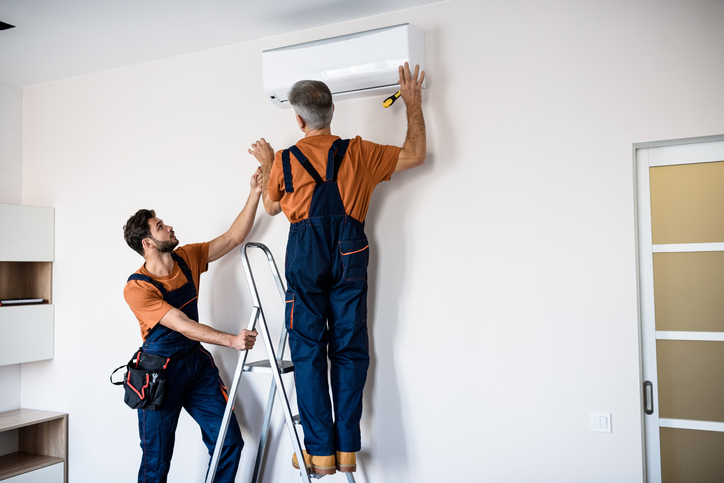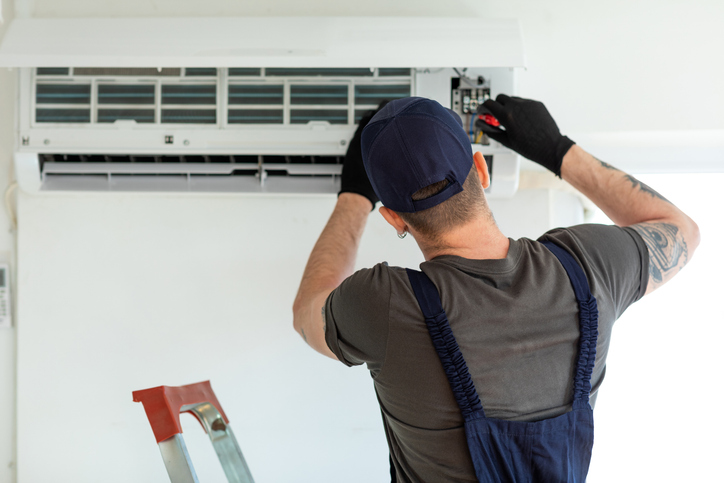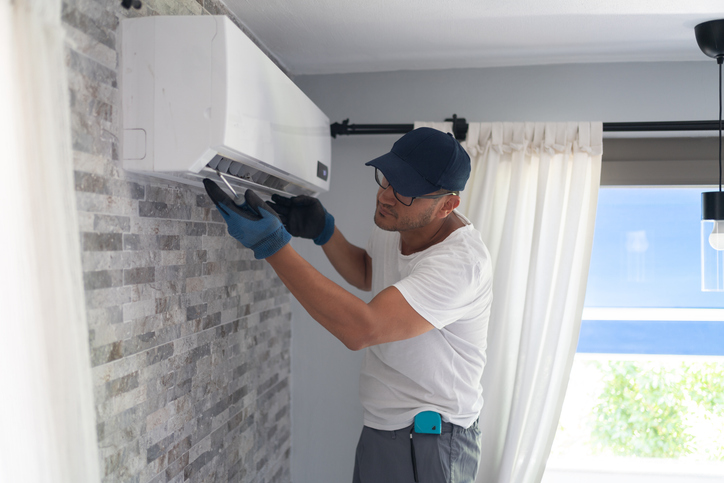Introduction
Most homeowners view their thermostat as a simple temperature control device. However, it plays a much deeper role in the functionality and health of your HVAC system. Acting as the brain of your air conditioning unit, the thermostat communicates with the system to maintain your preferred comfort levels. But when something goes wrong, your thermostat may be the first to notice. From sudden temperature fluctuations to unexpected cycling patterns, these subtle changes often point to underlying AC issues. Understanding the signals your thermostat sends can help you detect problems early, avoid breakdowns, and keep AC repair costs manageable. In this article, we’ll explore how thermostats serve as an essential diagnostic tool for air conditioning repair and what you should watch for to maintain a reliable cooling system.
How Thermostats Help Spot Early AC Repair Warning Signs
1. Thermostats Offer First Clues of AC Malfunction
One of the earliest signs of AC trouble often comes from your thermostat. If it fails to maintain the set temperature or if the display suddenly goes blank, the problem may not lie with the thermostat itself but rather the system it controls. Issues like refrigerant leaks, dirty coils, or malfunctioning blower motors can cause the AC to underperform, leading to confusion at the thermostat. A thermostat that struggles to keep up can alert you to deeper mechanical failures within the system. Recognizing these early clues helps homeowners schedule repairs before the issue worsens.
2. Short Cycling and Thermostat Miscommunication
Short cycling—when your AC turns on and off too frequently—can point to miscommunication between the thermostat and the AC unit. This erratic behavior might stem from faulty thermostat wiring, incorrect placement near heat sources, or an oversized unit. Over time, short cycling wears out components like the compressor and leads to higher utility bills. Your thermostat’s display may not reflect the actual room temperature, triggering unnecessary cycles. By investigating the thermostat’s role in short cycling, technicians can accurately identify whether the problem stems from system inefficiency or thermostat calibration.
3. Monitoring Humidity and Airflow Efficiency
Advanced thermostats now include humidity and airflow monitoring features that provide insights into system performance. When humidity levels remain high despite the AC running, or when airflow seems weak, it’s likely that your system has a clogged filter, blocked ductwork, or a failing fan. The thermostat’s data logs help technicians determine when the issue started and how the system responded. Smart thermostats even notify homeowners when maintenance is overdue or if airflow inconsistencies persist. This level of monitoring ensures that comfort isn’t compromised due to unnoticed wear and tear.
4. Smart Thermostats Alert Users to Repair Needs
Smart thermostats play an even more proactive role in AC maintenance. These devices track usage patterns, monitor energy consumption, and alert users when performance drops below standard levels. Alerts such as unusual runtime duration, increased power draw, or missed cooling targets help homeowners know when a technician is needed. Smart thermostats often integrate with HVAC diagnostic tools to log error codes that speed up repair time. By leveraging this technology, homeowners can make data-driven decisions that prevent small problems from escalating into costly failures.
5. Thermostat Calibration Supports System Longevity
A well-calibrated thermostat ensures that the AC system cycles appropriately, maintains desired temperatures, and avoids overworking components. When calibration drifts due to age, power surges, or installation errors, the entire AC system may suffer. The thermostat might sense inaccurate temperatures, causing the compressor to run longer than necessary. Regular calibration checks are crucial for ensuring that the thermostat’s readings match actual room conditions. By including thermostat checks in seasonal maintenance, homeowners help their HVAC systems operate efficiently and extend their lifespan.
Your thermostat is more than a control panel—it’s a diagnostic tool that offers vital insight into your air conditioning system’s health. When used effectively, it helps detect issues early, from electrical faults to airflow inefficiencies. Ignoring thermostat warning signs can result in more extensive and costly AC repair. By watching for patterns such as inconsistent temperatures, short cycling, or rising energy bills, you can take action before breakdowns occur. Smart thermostat features also add a valuable layer of system monitoring, giving you peace of mind. Ensuring proper thermostat placement, calibration, and performance should be part of your AC maintenance strategy for long-term comfort and energy savings.
Conclusion
Maximize home comfort and efficiency with expert AC repair from Chill Factor Cooling & Heating. Call us at 951-268-6520 today for fast, accurate service that ensures your thermostat and system stay in sync.
📌 Chill Factor Cooling & Heating is your go-to for fast, friendly, and local HVAC and air quality service—always nearby when comfort matters most!





